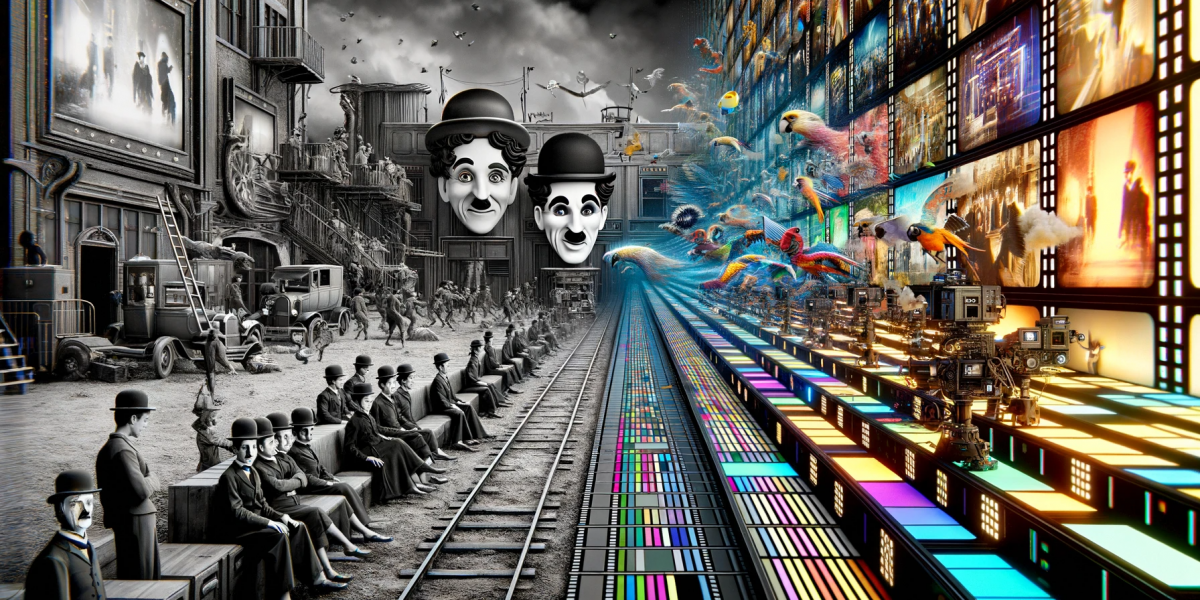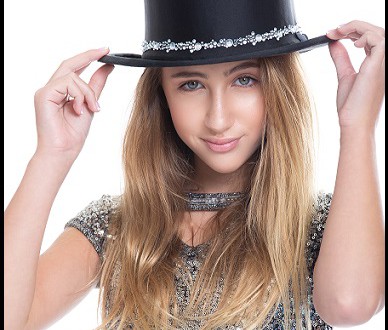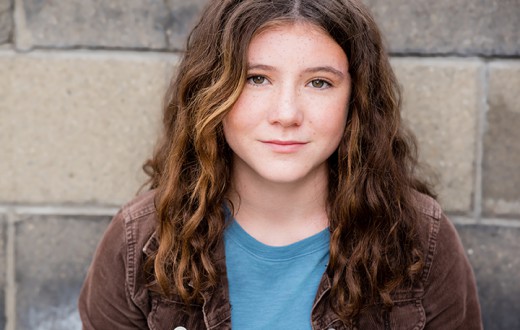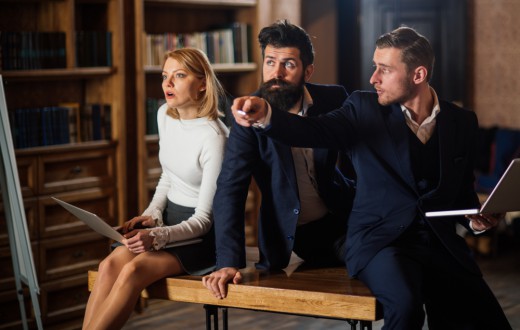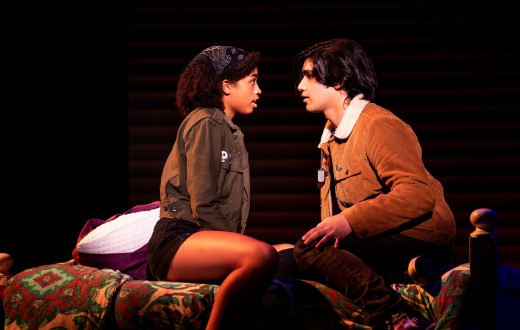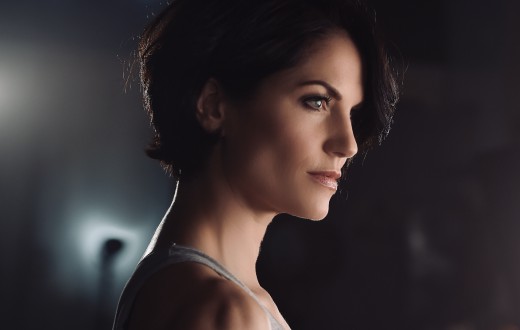In a world inundated with cutting-edge technology, where dialogue and sound effects shape the cinematic experience, there’s a rare art form that harkens back to an era when silence spoke louder than words. Silent films, those magnificent creations produced without synchronized sound, transport us to a time of heightened emotion and unspoken communication. While often relegated to the annals of film history, these silent masterpieces are experiencing a revival in recent years, captivating contemporary audiences looking for something different amidst the sea of noise.
The evolution of modern filmmaking has been greatly influenced by the advancement of technology, reshaping it from its modest origins in the early 20th century. With innovations such as Dolby Digital surround sound systems creating immersive audio experiences and special effects pushing the boundaries between reality and fantasy, contemporary films have become captivating sensory experiences. Despite this, silent film acting remains a unique realm untouched by the overwhelming bombardment of sound.
While it may seem counterintuitive in our talkative society obsessed with verbal expression, there’s an indescribable power in non-verbal communication that can elevate performances beyond what mere words can convey. As moviegoers begin yearning for more than surface-level entertainment and seek deeper emotional connections with characters on screen, they are turning their attention back to silent films – timeless classics like Charlie Chaplin’s City Lights or F.W. Murnau’s haunting Nosferatu – rediscovering profound human experiences articulated through physicality alone.
Let’s dig into the intricacies of silent film acting – an art form revered by pioneers like Greta Garbo and Buster Keaton but often overlooked by contemporary actors seeking recognition through spoken lines alone. Discover how these long-forgotten techniques not only enable performers to imbue their characters with depth but also captivate audiences through subtle gestures and expressions untethered by language barriers. Prepare yourself for unique insights that will challenge your perspective on filmmaking and ignite a newfound appreciation for the lost art of silent film acting in our modern digital age.
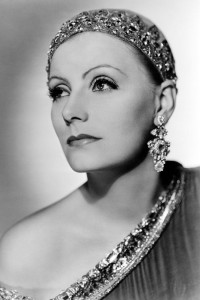
Techniques Used by Silent Film Actors
During the silent film era, actors were trailblazers in mastering non-verbal communication. In a time when spoken words were not present, these artists depended on their physicality and facial expressions to express intricate emotions and narrate captivating tales. Gestures served as powerful instruments in their theatrical arsenal, enabling them to convey messages without uttering a single word. Whether through subtle hand motions or dramatic sweeping gestures, each movement added a fresh dimension of significance.
Facial expressions took center stage in silent films, as every raised eyebrow or flicker of a smile had the power to captivate audiences. The close-up shots used in many silent films allowed viewers to see every nuance on the actor’s face, further emphasizing the importance of mastering facial expression as a form of storytelling.
Body language played a crucial role in silent film acting. Every step, every stance carried significance beyond merely getting from one point to another. A slight shift in posture could reveal vulnerability or strength, while fluid movements added grace and elegance to characters.
Iconic performances from legends such as Charlie Chaplin and Greta Garbo showcase the power of non-verbal expression. Chaplin’s iconic tramp character communicated volumes through his distinctive walk and exaggerated gestures that made audiences laugh or cry with empathy. Garbo’s enigmatic presence relied heavily on her ability to convey deep emotions through her eyes alone.
As modern filmmakers embrace more visual storytelling techniques and minimalist dialogues gain popularity again nowadays, there’s much we can learn from the masters of silent film acting. By understanding how these early greats manipulated their bodies, faces, and gestures for maximum impact, contemporary actors can incorporate such elements into their performances today — creating richer portrayals that transcend language barriers and speak directly with audiences’ hearts.
Relevance of Silent Film Acting Today
Silent film acting may seem like a relic from a bygone era, but its relevance in today’s digital age should not be underestimated. Mastering non-verbal communication is perhaps even more important for modern actors than it was for their silent film counterparts. In an age where excessive dialogue can sometimes overshadow subtleties or lead performances astray, the ability to express thoughts and emotions through purely physical means adds depth and nuance to characters. From subtle glances and expressive gestures to intricate movement patterns, these techniques enrich performances by tapping into universal human experiences that transcend language barriers. Right?
Practical Exercises for Enhancing Non-Verbal Communication Skills
Wholeheartedly accepting the power of rehearsal and careful scrutiny holds the key. By integrating uncomplicated exercises into their everyday regimen, artists can gain a more profound comprehension of their physicality, facial expressions, and body language. In the end, this will elevate their performances.
To begin, actors should dedicate time each day to focusing on their physicality. Start by standing in front of a mirror and slowly becoming aware of every movement in your body. Pay attention to how you hold yourself, the positions of your hands and feet, and any tension or relaxation that you feel. Experiment with different postures and gestures to discover what feels natural yet expressive. This exercise not only helps improve awareness but also builds confidence in one’s physical presence on screen.
Next, dive deeper into exploring the vast range of facial expressions available as an actor. Take photographs or videos of yourself expressing different emotions such as joy, sadness, anger, surprise, fear — even subtle variations within these emotions like determination or skepticism. Study these images closely and observe how the small nuances in muscle movements can convey powerful messages without uttering a single word.
In addition to these activities, receiving input from respected peers or mentors should be happily accepted. Participate in acting scenes with other actors in which there is little or no dialogue, requiring you to depend entirely on your facial expressions and body language to effectively convey emotions. Embrace helpful feedback during rehearsals to benefit from diverse viewpoints that can assist you in improving your performance.
The ability to captivate audiences through gestures rather than relying solely on dialogue has enduring value; it allows for emotional resonance that transcends barriers like language acquisition or cultural differences which are essential in today’s age of global cinema. Any actor, even those who primarily work with spoken lines, can benefit greatly from cultivating the artistry of silent film acting and infusing it into their own performances.
So let us reclaim silent film acting as an art form worth embracing in our digitized era. By reintroducing these forgotten skills into contemporary storytelling, we forge a bridge between past and present — acknowledging the roots of our craft while breathing fresh life into its timeless principles.

